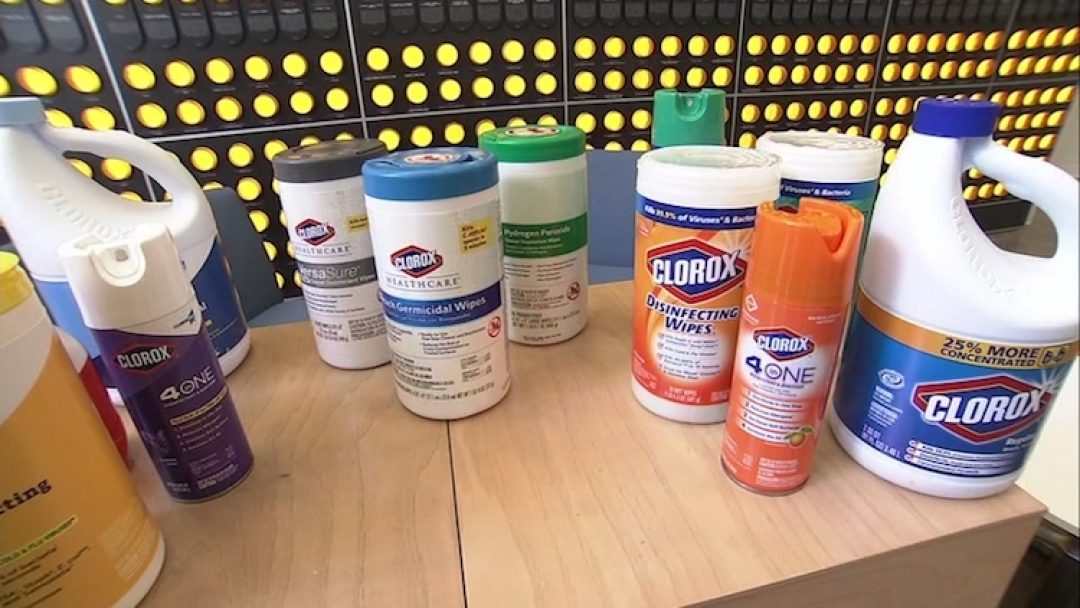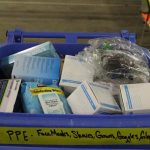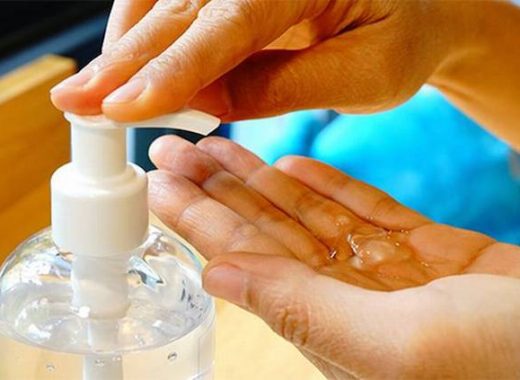As the number of COVID-19 cases in the United States continues to rise, people are spending much more time at home, so cleanliness and sanitation is critical. While typical household chores can maintain the general cleanliness of the house, it’s more important than ever before for people to keep their homes and personal spaces germ-free. Here are five of the germiest places at home and tips on how to stay sanitized throughout COVID-19:
Kitchen
Areas like the kitchen tend to be the most unsanitary. Pathogens, including yeasts and mold, salmonella, and e-coli can build up as a result of raw foods, consistent sink usage, and other various activities. Experts recommend cleaning counter spaces and surfaces throughout the kitchen thoroughly before and after food preparation – even after general use – with an antimicrobial wipe. Avoid using sponges – they’re a breeding ground for germs! The best practice is to use a new, clean antimicrobial wipe when moving from one area to another to prevent cross contaminating the different surfaces. Also, wipe down the microwave, oven, and fridge handles since everyone in your family touches those areas constantly.
Laundry
Not typically considered dirty, wet laundry can cause germs, mildew, and mold to flourish in small amounts of time. Laundry that has been sitting for more than 30 minutes in the washer should undergo a second wash to reduce the number of germs accumulating.
Bathroom
Knobs, handles, and switches are easily some of the dirtiest surfaces in the house because they are constantly touched. In addition to all the handles and faucets, bathrooms have many areas that can cause bacterial or fungal exposure, including hand and bath towels, floors, and even toothbrushes. Towels should be changed frequently, and toothbrushes should be replaced every two to four months. Wipe all surfaces daily with a disinfectant wipe or cleaner and do a more thorough cleaning at least once per week. You can mix three tablespoons of bleach with one gallon of water and clean targeted areas by waiting 3-5 minutes before drying with a clean towel for the best results.
Technology
Your devices endure a lot of use and can pick up many different germs from the various surfaces they sit on. Whether one is communicating from a desktop or a company-distributed laptop, sanitizing your instruments is a great way to ensure they remain germ-free. Using disinfectant wipes on nonporous surfaces like laptop keys and phone screens is safe for both your health and your tools.
Shared Areas
Living and family rooms are also hosting a variety of different germs. Remote controls, computer keyboards, phones, and tablets that are used by multiple family members and guests are exceptionally dirty. In inspecting and testing 22 households, the National Sanitation Foundation found yeast, mold, bacteria, and viruses on the computer keyboard, remote control, and video game controller. Carpets in homes can also house pathogens — sometimes getting dirtier than a city street! Frequent maintenance and cleaning with disinfectants will give your family a better chance of staying well and infection-free.
Click here for tips from the CDC on how to Clean and Disinfect Your Home.








